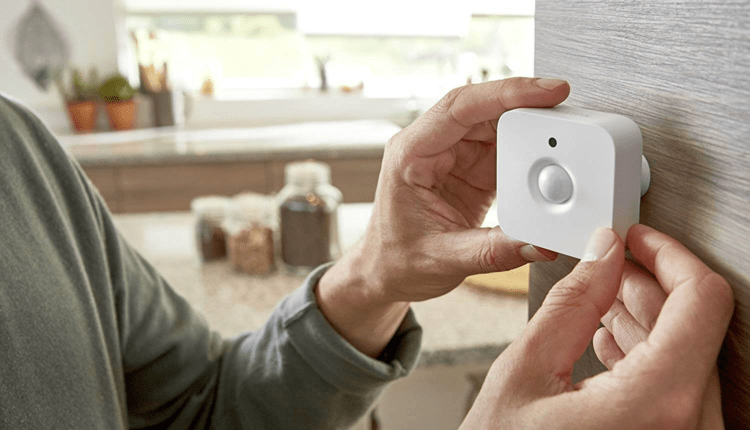Motion sensors are usually included in the complex of modern means of protection. But they can also be used as an individual tool, and not only protection, but also the automation of certain processes, for example, turning on / off devices connected to them (lights, alarms, opening and closing doors, etc.). There are different types of motion sensors: infrared, ultrasonic, microwave, dual (that is, combining different types). One thing unites them – a response to movement in their area of action, although each type of motion sensor has its own principle of operation. Infrared motion sensors react to changes in temperature in the area of action. That is, they react to the thermal radiation of a person, animals, moving devices, the temperature of which differs from the background. The principle of operation of such a motion sensor is the registration of infrared waves, i.e. thermal radiation. And then – a matter of technology: the signal received from the pyroelectric element is amplified, converted to digital, fed to the relay, which opens the contacts and … Alarm! Reacting! Detention of the violator! The main thing is to adjust the sensor so that it does not react to cats and dogs, unless it is specifically provided for. Or, with the appropriate settings, the light turns on and turns off after a certain time. In general, the possibilities of using such sensors are very wide. If necessary, you can use mass-produced motion sensors, or, having found the necessary materials and instructions for manufacturing, make and install it yourself. Ultrasonic motion sensors differ in that they respond to signal interruptions between the transmitter and receiver by a moving body. Microwave motion sensors register any movement in their area of action, that is, the waves emitted by the sensor are reflected from the obstacle that has arisen and return to the sensor with a changed length, which leads to an alarm. Combining the capabilities of such sensors allows you to create better motion sensors, minimizing the percentage of false positives. In everyday life, motion sensors are becoming more in demand and are used in various fields of activity: from protection and alarm systems to energy saving. Not only the production of motion sensors themselves is growing, but the range of products with their use is also expanding. which triggers an alarm. Combining the capabilities of such sensors allows you to create better motion sensors, minimizing the percentage of false positives. In everyday life, motion sensors are becoming more in demand and are used in various fields of activity: from protection and alarm systems to energy saving. Not only the production of motion sensors themselves is growing, but the range of products with their use is also expanding. which triggers an alarm. Combining the capabilities of such sensors allows you to create better motion sensors, minimizing the percentage of false positives. In everyday life, motion sensors are becoming more in demand and are used in various fields of activity: from protection and alarm systems to energy saving. Not only the production of motion sensors themselves is growing, but the range of products with their use is also expanding.
